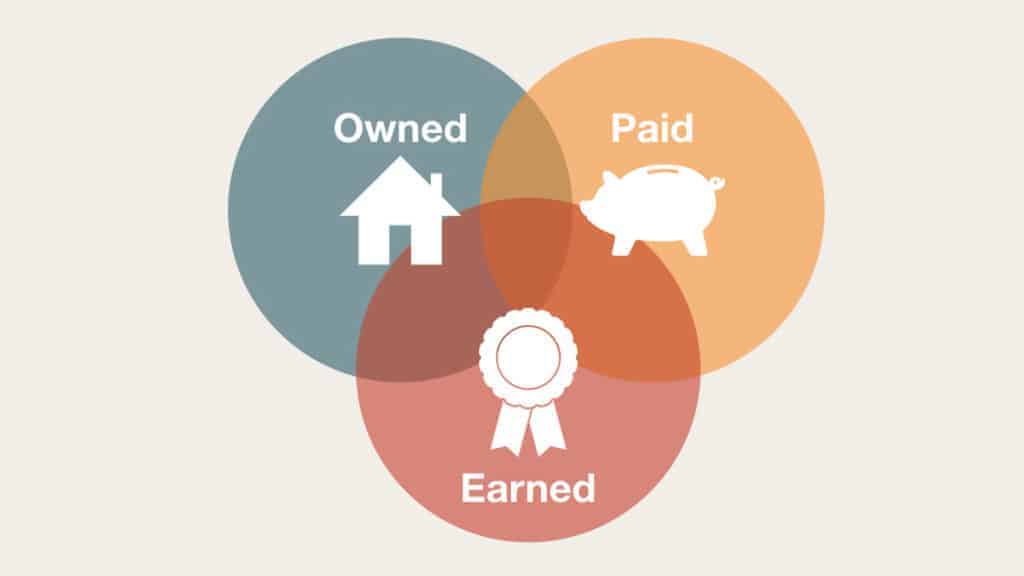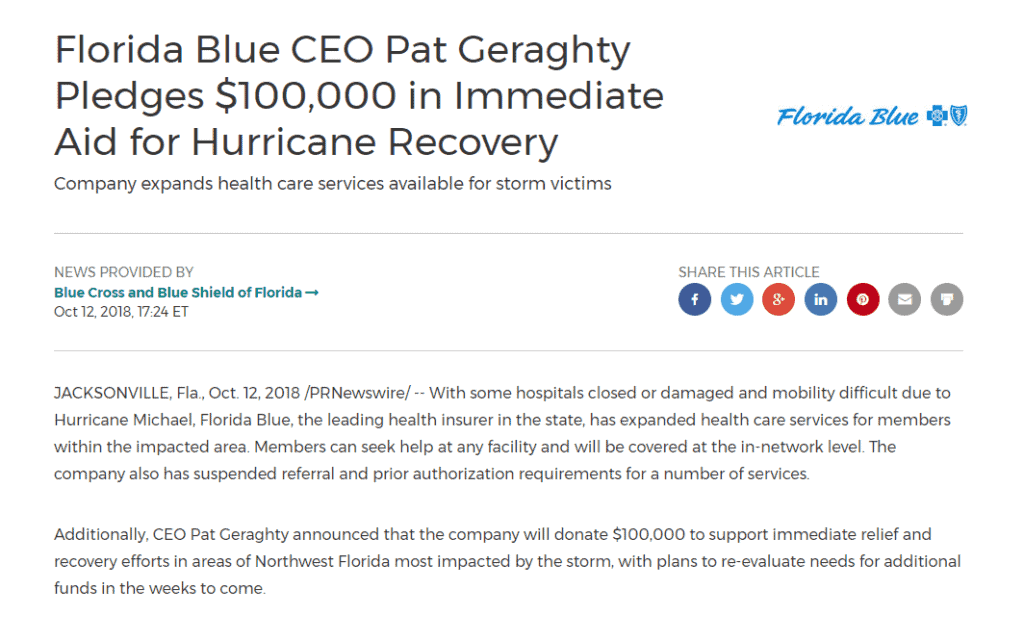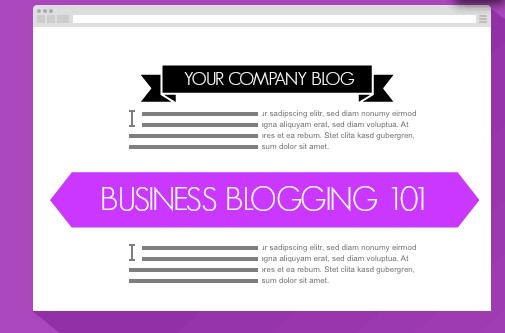Public relations is a tried and true way to grow brand awareness and expand your business’s reach. It is all about encompassing a company’s communication with partners, journalists, philanthropists, and anyone really.
Digital PR might seem like an add-on—something businesses should tackle when they have extra money or time—but in actuality, it should be a non-negotiable. You need it whether you’re a small business with two employees or an enterprise with employees all over the globe.
Why?
Because it’s a key part of building trust in your brand.
Related Reading: The Future of Public Relations: 14 PR Trends for 2023
What is strategic public relations?
Strategic public relations (PR) is the practice of utilizing media to promote and nurture a positive public perception. It involves identifying key audiences, determining goals and objectives, developing messages and tactics, and evaluating the effectiveness of the communication efforts. The ultimate goal of strategic PR is to build and maintain mutually beneficial relationships between an organization and its various publics, including customers, employees, shareholders, and other stakeholders.
A strategic PR plan will typically include a mix of tactics such as media relations, crisis communication, social media, content marketing, and event planning. The key to success in strategic PR is to align the organization’s communication efforts with its overall business goals and objectives. This requires a deep understanding of the organization’s target audience and the ability to craft messages that resonate with them.
There are three main types of public relations: owned, paid, and earned media.
— Shama Hyder (@Shama) January 19, 2021
They have different tactics, but the same goal: forming a positive public image and becoming top of mind with consumers.
Why is strategic public relations important in 2023?
Strategic public relations is important in 2023 as it can help organizations navigate the complex and ever-changing landscape of communication and reputation management, and ultimately, achieve their business goals and objectives. This can include things, such as:
- Reputation management: In today’s digital age, organizations are under constant scrutiny by the public, media, and stakeholders. A strategic PR plan can help an organization proactively manage its reputation and mitigate risks from negative publicity.
- Stakeholder engagement: Strategic public relations can help organizations engage with their stakeholders, including customers, employees, shareholders, and the community, to build trust and support.
- Brand building: PR can be used to build brand awareness and credibility and to differentiate an organization from its competitors. It is also beneficial for your employer branding.
- Crisis communication: In today’s fast-paced digital world, organizations must be prepared to respond quickly to unexpected crisis or negative events, and a well-crafted PR plan can help organizations to mitigate the effects of a crisis and minimize the damage to its reputation.
- Influencing public policy: Strategic PR can be used to influence public policy and shape public opinion on important issues that are relevant to the organization and its stakeholders.
- Digital and Social Media: With the rise of digital and social media, PR has evolved to include strategies for managing online reputation and engaging with audiences through these channels. Strategic PR plans will integrate digital and social media into their communication efforts.
How does strategic public relations differ from branding?
While both PR and branding help grow awareness, strategic public relations is more communication-based.
Examples of strategic PR include:
- A guest post on a popular blogger’s site
- A quote from your leadership or staff member in a piece of news coverage
- A guest article in an industry publication
- A feature on your brand in a magazine or newspaper
- Inclusion in a blog post on another site
On the other hand, branding is how a brand presents itself to the world.
Examples of elements of branding include:
- Logos
- UX design
- Customer experience
- Voice and tone—how a brand communicates via blogs, social media, video, and other forms of marketing
- Color scheme
- Social media profiles and posts
The Three Types of PR: Owned, Paid, and Earned Media

There are three main types of public relations: owned, paid, and earned media.
While each category employs different PR tactics, they all are after the same end goal: forming a positive public image and becoming top of mind with consumers.
Owned media
Owned media is any type of content a company creates and manages. Social media posts, blog posts, and email newsletters are all examples of owned media.
You can think of owned media as the fountainhead for all your digital PR efforts. Whether your CEO is writing monthly industry-thought articles or your marketing team is trying a new social media campaign, owned media is what allows your brand to grow its digital presence.
While creating content for your company on top of business operations can be time-consuming, statistics show that it is a worthwhile investment. According to HubSpot, Companies that blog regularly gain 68 percent more leads than those that don’t.
In short, owned media builds trust, drives ROI, and allows you to create a direct relationship with your consumer. Your PR campaign strategy depends on it.
Paid media
Paid media involves external and paid promotions. This could include B2B influencer marketing, pay-per-click (PPC), or social media advertising.
Similarly to owned media, your brand is in complete control. You can decide when, why, and how your brand is advertised in print, online, and by influencers. Paid media also allows you to target the individuals likely to engage with your product.
In 2020, only 30% of marketers used paid advertising to increase brand awareness. Yet, in the same study, 68% of marketers stated that paid advertising is “very important” or “extremely important” to their overall marketing strategy. Now that marketers have access to powerful resources like Facebook Ads Manager and Google Ads, paid media should be considered necessary for any PR campaign strategy.
Related Reading: The Rise of B2B Influencer Marketing
Earned media
Earned media involves any promotional content your company didn’t create or pay for.
Mentions in publications, positive customer testimonials, interviews with your leadership, and features are all forms of earned media. Earned media can boost your brand’s credibility and turn a driven start-up into an industry thought leader. Mentions of your company’s name can also improve SEO, allowing more prospects to find your brand.
Developing a strategic PR plan
Launching successful PR campaigns requires careful planning. Coverage and publicity aren’t handed to businesses; they must be worked for.
Here are five ways to formulate your strategic public relations plan.
1. Analyze the last six to 12 months in terms of PR
Take a look at the recent PR surrounding your business and competitors.
What kind of coverage did your company receive, if any? What about your competitors?
Did the media attention have a positive impact on business or a negative one?
Are there current events or global developments that are relevant to your industry, and that might have an effect on customer sentiment toward your industry and/or brand?
Additionally, you should research the specific journalists who covered you or your competitors while also considering search rankings.
2. Define your PR goals
After analyzing your past PR activity and that of your competitors, you should formulate your PR goals.
Consider using the SMART method when making PR goals. Your objectives should be:
- Specific
- Measurable
- Attainable
- Relevant
- Time-bound
3. Strategize how to reach your target audience
Consider your ideal customers and target audience when planning your PR strategy. Who do you want to reach?
This is where your buyer personas come in. Using your personas, you can identify the different types of people you want to reach, as well as the channels they’re most likely to use to consumer information.
An executive, for example, will be more likely to read industry publications and major news outlet publications, as opposed to cruising Reddit or Twitter for information.
A tech blogger, on the other hand, will probably spend lots of time on social media sites, as well as review sites and digital-only tech publications.
By figuring out who you’re targeting and where they’re getting their information, you can start devising a list of which publications, journalists, bloggers, influencers, and other media personalities you want to contact.
4. Consider your macro and micro-environments
When planning your strategic public relations campaign, it’s important to analyze the surrounding conditions. These can be described as macro and microenvironments.
Business Dictionary defines the macroenvironment as the “major external and uncontrollable factors that influence an organization’s decision making and affect its performance and strategies.”
Factors include “economic factors; demographics; legal, political, and social conditions; technological changes; and natural forces.”
Analyzing your company’s macroenvironment is crucial because it affects how people view your brand. For example, what’s happening in the world, country, or industry that will affect how people perceive you?
A microenvironment encompasses “factors or elements in an organization’s immediate area of operations that affect its performance and decision-making freedom.”
Such factors include “competitors, customers, distribution channels, suppliers, and the general public.”
Your microenvironment, moreover, has a direct impact on your company. B2B PR is intertwined with your environment. Understanding your backdrop is pivotal to creating a campaign that lands well with your audience.
5. Create key messaging
After considering your environment, identifying your target audience, and formulating your PR goals, you are now ready to clarify your messaging.
Your message is the core of your PR campaign. To get started on crafting your message, ask yourself:
What, specifically, do I want people to know about my organization?
What is my organization’s mission statement?
How can I better meet customer needs than my competitors?
After answering these questions, you can start crafting specific messages for specific outlets.
PR Process and Execution
You’ve identified your target audience and have messaging that will resonate. You’re ready to officially begin the process and execution phase, starting with the press release.
Your Press Release

78% of journalists want to receive press releases and news announcements from brands. But, like with all PR efforts, you can’t just hit “publish” and expect publicity to follow.
Find the right journalists and bloggers for your company, ideally with experience writing for your industry. Then, send them (individually—no group emails!) a solid and concise pitch, packing the most punch in your first ten words.
Distribute
In addition to contacting journalists, you should reach out to TV stations, radio stations, and other media outlets you deem relevant.
Remember, distribution takes time, so follow up judiciously and prepare for potential postponements. Having a flexible attitude and a patient approach at this juncture is a key factor for efficient and effective leadership.
Maintain momentum with link building
After your company’s story starts gaining media attention, leverage the traction you’re receiving. This will go a long way in terms of Google ranking and domain authority.
You can set up a Google alert to help you keep track of your media mentions. When you’re alerted of mention, you can contact the journalist directly and see if they can add an appropriate link to their article. For instance, you could say:
“Hello, [Journalist’s Name]
I just read your article, [Article Title] and found it highly engaging! Thank you for sharing it.
You mention [Campaign / Company Name], and I was wondering if you could add a link to ___ so your readers can further explore ____.
Thank you for your time, and let me know if you have any questions!
Best,
[Your name, job position]
It’s worth nothing that so much of PR success relies on this building block approach.
Crafting a plan that utilizes previous exposure is key, in addition to keeping track of where and when your mentions appear—which brings us to social media.
Leverage social media
In addition to keeping an eye on your media mentions, you should also keep tabs on your B2B social media marketing engagement.
Social media has bridged the gap between the public and an organization. Companies must realize their public perception is highly influenced by how they come across on social media and what users say about them on the platforms.
Your social media channels can help you promote positivity and manage negativity.
Practice social listening to determine what users like and dislike about your PR campaign or brand.
Ultimately, it is virtually impossible to compete in any way in today’s market without savvy, effective, and forward momentum on all social media platforms.
Post on your company blog

As your PR campaign progresses, chances are you’ll see an uptick in website visits. Take advantage of your web traffic by updating your company blog.
Think about what content you can post to enhance your strategic PR campaign and user experience. For example, are you getting more questions about your company’s values after a feature on your CEO? Write a blog post outlining your values and building on that coverage.
Maybe you see more traffic to a specific product mentioned in recent coverage, but you do not see a proportional number of purchases. In that case, you may need to add some customer testimonials or a video demonstration of the product.
Closing thoughts
When carried out effectively, a strategic public relations campaign can help solidify a positive public perception of your brand. Using these straightforward steps will help you build a marketing structure that is strong and timely.
Want to raise awareness about your company with a strategic PR campaign? Contact us today to get started.







